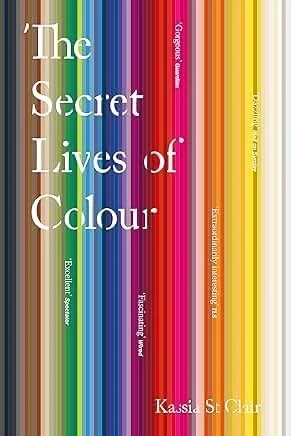SPRING Term week 1
Date: 14TH & 15TH JANUARY 2025
Tutor: Rob and Sian
Harbour House : Art Studio ( 2nd floor)
Free Painting
what to bring
Enthusiasm! The start of a new term is full of promise…bring along your ideas for what you hope to achieve this term.
THIS Week: INTRODUCTION to the theme for the term
This week we will be introducing the theme for the term, and discussing some of the directions we wish to take it inWe will also hope to discuss with each of you what you would like to achieve this term, and encourage you to make a note of your intentions, maybe in your sketchbook. Try to think not in terms of specific gaols to be achieved by Easter, but more of the direction you would like your art to take this term.
colour of the Week
French Ultramarine
French Ultramarine is one of our favourite and most useful colours.
It’s name is from the Latin, ‘ultra’ meaning beyond, and ‘mare’ meaning sea. Before the 18th century the Lapis lazuli (Latin, ‘the blue stone’) came from a single source, the Sar-e-Sang mines in the mountains of Afghanistan. Since it was a colour revered by artist for it’s intensity and beauty the mines were famous, and worthy of difficult journeys via donkey and camels along the Silk Road which lay ‘beyond the sea’ for Western artists. Today there are other sources, including China and Chile.
Lapis lazuli is a semi-precious stone which is composed of a number of minerals. Turning it into a usable pigment is a difficult operation. It is difficult to grind and due to it having so many impurities, the result can be a disappointing grey colour. Remind Siân to demonstrate!
The combination ofthe long journey and the difficulty in producing a deep blue pigment affected its price, and hence an artists decision to use it. When writing contracts for commissioned pieces artists included clauses requiring extra fees for the use of ultramarine, including travel costs to Venice to collect the pigment as it could be procured so much more cheaply there.
In 1824 the Société d’Encouragement pour l’Industrie National in France offered a generous prize to anyone who could create an affordable synthetic ultramarine. The prize was awarded to a French chemist, Jean-Baptist Guimet , and the new formula became known as French Ultramarine. A synthetic alternative will never be as good as the original it emulates, but while artists complained that it lacked the reflective qualities of the genuine article, I think we can all be very grateful to M. Guimet!
Colour Samples Above
The 3 colour swatches above were taken from the Jacksons Art Website. They are all of French ultramarine, as featured on the site by different manufacturers. Note how different they all are! In reality the actual paints are much closer in hue than these samples, so there are a few things we can learn about colour for this.
These swatches are likely to have been supplied by the manufacturers. How the colours were captured and sent to Jackson by different, probably digital (not camel or donkey) routes will account for a great deal of the difference.
They are all synthetic pigments; the precise formulation of each will be a closely guarded secret.
You cannot trust colour on a website! The only way to know what colour it is is to see an actual, ‘hard copy’ sample.
Do not trust cameras, screens, or even printed samples to give you an accurate portrayal of the colour of the paint!
‘homework’ challenge
Take a good, long, hyper-observant look at your home and clothes.
Is there a colour theme running through them?
Do you decorate your home in similar colours to the colours you wear?
Do you like the colours you choose to live with?
THE SECRET LIVES OF COLOUR
This book is an excellent read for anyone interested the history of the colours. The book covers so much more than the technical aspects of where pigments come from, although Kassia St Clair writes about technical matters in a way that makes them very interesting. There are stories about about how colours were perceived and used not just in the art world, but in their significance throughout history.
What does Tyrian purple have to do with Caesar, sea snails and geographical features along the eastern coast of the meditterean?
Don’t worry if that’s not quite enough to whet your appetite enough to purchase copy, we will be sharing a few snippets of information each week in “Colour of the Week’. If on the other hand you are intrigued, click on the image for a link to Amazon.
Quote of the week
‘The purest and most thoughtful minds are those which love colour the most’
John Ruskin, The stones of Venice (1851-3)
ArTIST(s) of the week
CLASS NOTICEBOARD : Any new items to be added? please email details and they will be added by the following class.



